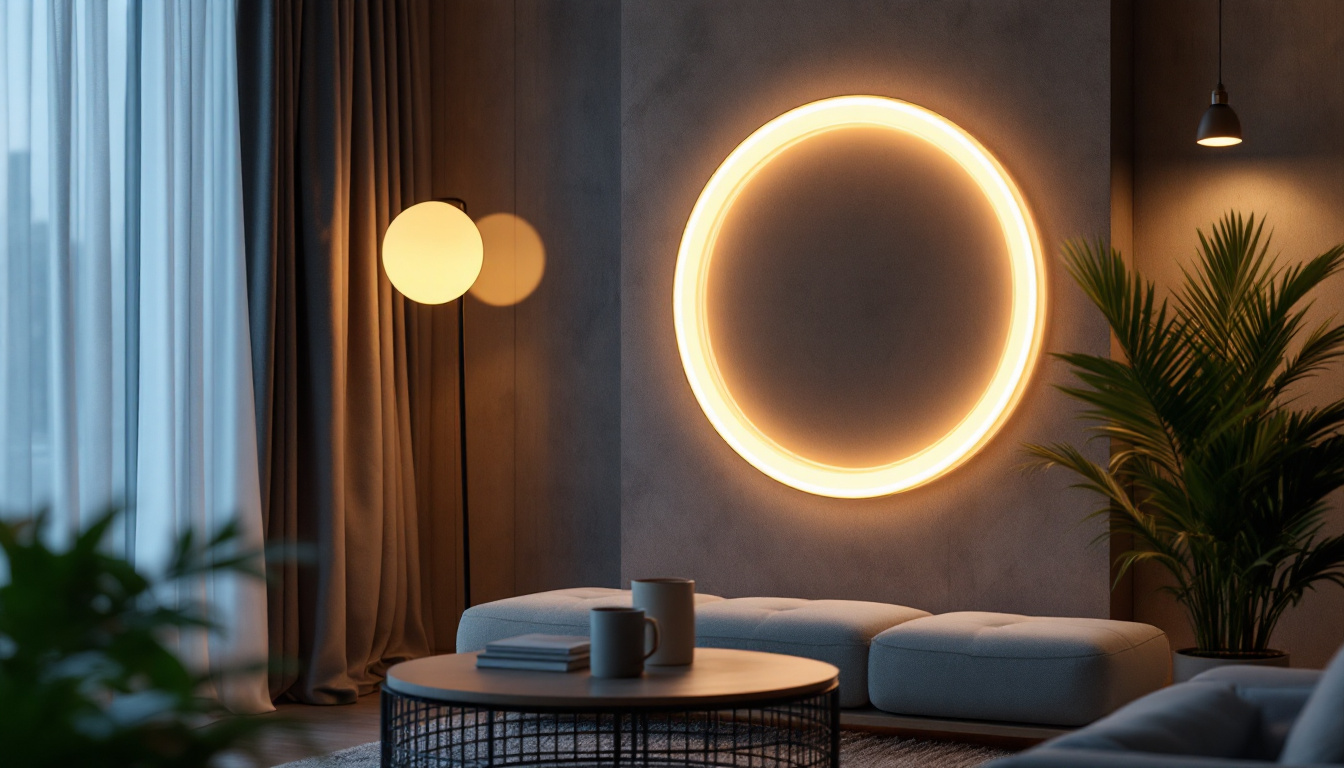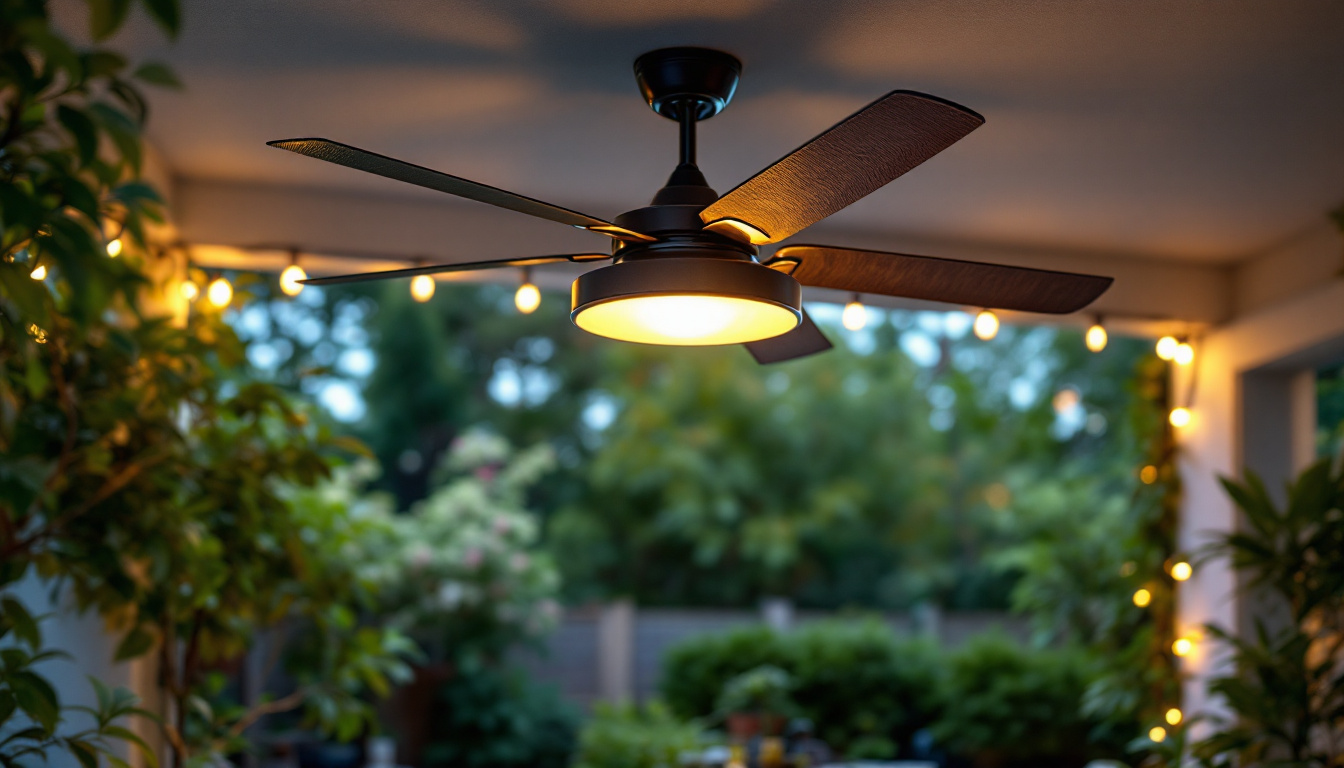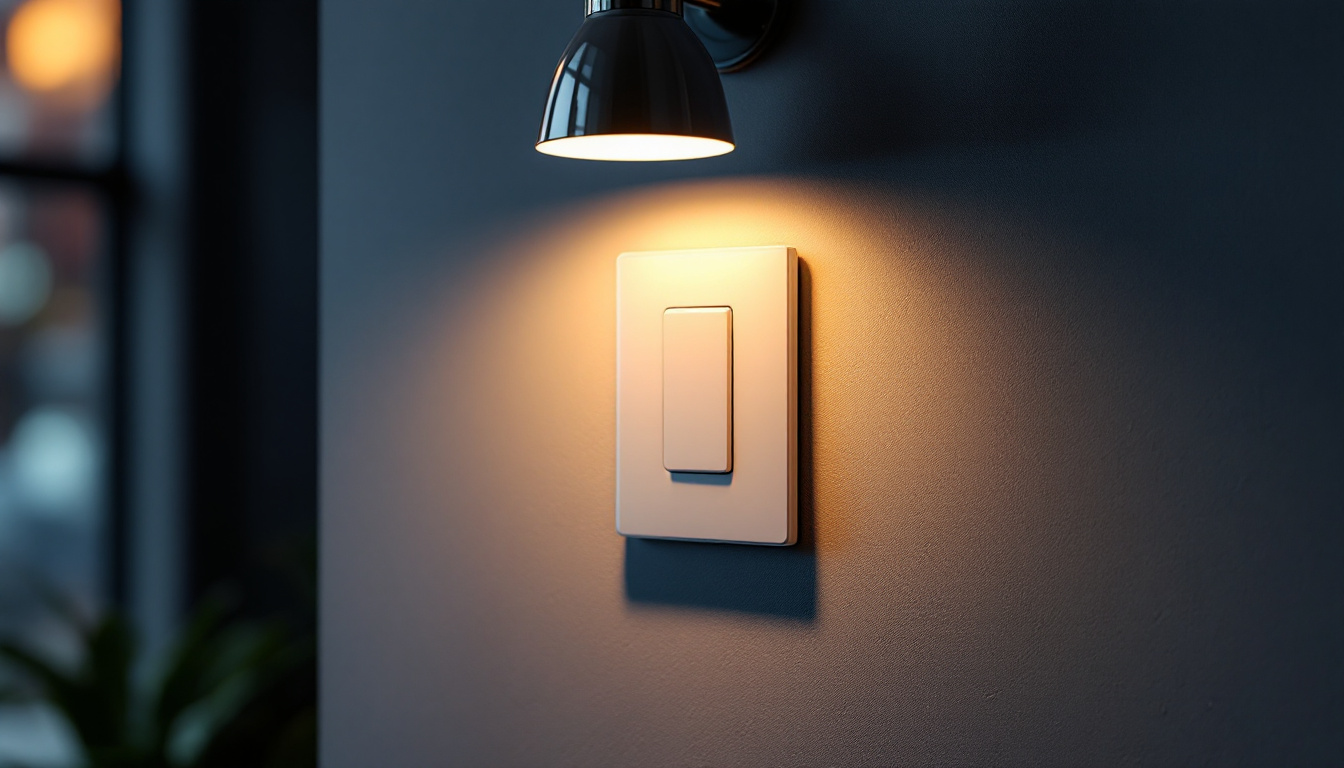

In the rapidly evolving world of lighting design, circle LED lights have emerged as a popular choice for both residential and commercial applications. However, despite their growing popularity, there are several aspects that lighting contractors often overlook when incorporating these fixtures into their projects. Understanding these nuances can enhance the quality of installations and improve client satisfaction.
Circle LED lights are not just aesthetically pleasing; they also offer a range of functional benefits. Their unique shape allows for even light distribution, making them ideal for various settings. From modern homes to commercial spaces, these fixtures can create an inviting atmosphere while ensuring adequate illumination.
One of the primary reasons for the popularity of circle LED lights is their sleek and contemporary design. Unlike traditional lighting options, these fixtures can seamlessly blend into any environment. Their minimalist appearance can enhance the overall decor, making them an excellent choice for designers and contractors alike.
Furthermore, circle LED lights can be used in various applications, from accent lighting to general illumination. This versatility allows contractors to cater to diverse client needs, ensuring that every space is both functional and visually appealing. The soft, diffused glow of these lights can create a warm ambiance in living rooms, while their bright, focused beams are perfect for task-oriented areas like kitchens and offices. Additionally, the ability to install them in various orientations—whether flush-mounted on ceilings or suspended as pendant lights—further expands their usability in both residential and commercial designs.
energy efficiency is a crucial consideration in today’s lighting landscape. Circle LED lights consume significantly less energy compared to incandescent or fluorescent bulbs, which translates to lower electricity bills for clients. This aspect not only benefits homeowners but also aligns with the growing demand for sustainable building practices.
Contractors should emphasize the long lifespan of LED lights, which can last up to 25 times longer than traditional bulbs. This longevity reduces the frequency of replacements, further contributing to cost savings over time. Moreover, the reduced heat output of LED technology minimizes the risk of overheating, which can be a concern with other lighting types. This feature not only enhances safety but also contributes to a more comfortable indoor environment, especially in spaces that require prolonged lighting. As awareness of environmental issues continues to rise, the shift towards LED lighting solutions like circle LED lights reflects a broader commitment to energy conservation and sustainability in modern design.
While circle LED lights offer numerous advantages, improper installation can negate these benefits. Lighting contractors must pay close attention to several key factors to ensure optimal performance and client satisfaction.
One of the most common oversights is inadequate planning regarding the placement and spacing of circle LED lights. Contractors often underestimate how light spreads in a circular pattern, leading to uneven illumination in a space. proper spacing is essential to achieve the desired lighting effect and avoid dark spots.
It is advisable to create a lighting plan that considers the size of the room, the height of the ceiling, and the intended use of the space. By taking these factors into account, contractors can ensure that the lighting is both functional and aesthetically pleasing. Additionally, utilizing tools such as light meters can help in measuring light levels throughout the area, allowing for adjustments before final installation. This proactive approach not only enhances the visual appeal but also improves energy efficiency by ensuring that every corner of the room is adequately lit without unnecessary over-lighting.
Another often-overlooked aspect is the compatibility of circle LED lights with dimmer switches. Not all LED fixtures work seamlessly with existing dimming systems, which can lead to flickering or buzzing sounds. Contractors should verify that the chosen LED lights are compatible with the dimmers being used in the project.
It is also beneficial to educate clients about the advantages of using dimmable LED lights. This feature allows for greater control over the ambiance of a space, making it suitable for various activities and moods. Furthermore, the ability to adjust lighting levels can significantly contribute to energy savings, as lower light settings consume less power. Contractors might also consider recommending smart dimmers that can be controlled via mobile apps, providing clients with even more flexibility and modern convenience in managing their lighting environments.
The color temperature of LED lights plays a significant role in the overall atmosphere of a space. Circle LED lights are available in various color temperatures, ranging from warm white to cool daylight. Lighting contractors must carefully consider the intended mood and functionality of the space when selecting the appropriate color temperature.
Warm white light (around 2700K to 3000K) creates a cozy and inviting atmosphere, making it ideal for residential settings such as living rooms and bedrooms. On the other hand, cool white light (4000K to 5000K) is more suited for task-oriented areas like kitchens and offices, where clarity and focus are essential.
Contractors should engage clients in discussions about their preferences and the intended use of each space. This collaborative approach ensures that the final lighting design aligns with the client’s vision.
The Color Rendering Index (CRI) is another important factor that contractors often overlook. CRI measures how accurately a light source displays colors compared to natural light. A higher CRI (90 or above) is ideal for spaces where color accuracy is crucial, such as art studios or retail environments.
By educating clients about the significance of CRI, contractors can help them make informed decisions that enhance the functionality and aesthetic appeal of their spaces.
Effective installation techniques are vital for maximizing the benefits of circle LED lights. Lighting contractors should adhere to best practices to ensure a successful outcome.
Ensuring proper wiring and connections is fundamental to the longevity and performance of circle LED lights. Contractors should follow the manufacturer’s guidelines and local electrical codes to prevent potential hazards. Additionally, using high-quality connectors can minimize the risk of electrical failures.
It is also advisable to conduct thorough testing after installation to confirm that all lights are functioning correctly. This step can help identify any issues before the project is completed, saving time and resources in the long run.
Incorporating advanced lighting controls can significantly enhance the functionality of circle LED lights. smart lighting systems allow users to adjust brightness, color temperature, and even schedule lighting based on their preferences. Contractors should consider recommending these systems to clients, as they offer convenience and energy savings.
Moreover, educating clients on how to use these systems effectively can lead to greater satisfaction and a more enjoyable lighting experience.
Lighting contractors often encounter various concerns from clients regarding circle LED lights. Addressing these concerns proactively can lead to a smoother installation process and improved client relationships.
One of the most common concerns is the initial cost of LED lighting compared to traditional options. While circle LED lights may have a higher upfront price, contractors should emphasize the long-term savings associated with energy efficiency and reduced maintenance costs.
Providing clients with a cost-benefit analysis can help them understand the value of investing in quality lighting solutions. This transparency fosters trust and demonstrates the contractor’s expertise.
Clients may also express concerns about the maintenance and upkeep of circle LED lights. Unlike traditional bulbs that require frequent replacements, LEDs have a much longer lifespan. However, contractors should educate clients on the importance of regular cleaning and maintenance to ensure optimal performance.
Offering maintenance services or guidance can further enhance client satisfaction and establish a lasting relationship between the contractor and the client.
As technology continues to evolve, so too does the world of lighting design. Staying informed about future trends can provide contractors with a competitive edge in the industry.
The integration of circle LED lights with smart home technology is a growing trend that contractors should embrace. As more homeowners seek automation and convenience, the demand for smart lighting solutions is expected to increase.
Contractors should familiarize themselves with the latest smart lighting products and systems. By offering these solutions, they can cater to a tech-savvy clientele and enhance the overall appeal of their services.
Another trend is the demand for innovative designs and customization options. Clients are increasingly looking for unique lighting solutions that reflect their personal style. Circle LED lights can be customized in various ways, including color, size, and finish.
Contractors who can offer tailored solutions will stand out in a competitive market. Collaborating with clients to create bespoke lighting designs can lead to higher satisfaction and repeat business.
Circle LED lights offer numerous advantages, from energy efficiency to aesthetic appeal. However, lighting contractors must be aware of the common oversights that can impact the effectiveness of these fixtures. By understanding the intricacies of installation, color temperature selection, and client concerns, contractors can elevate their services and enhance client satisfaction.
As the lighting industry continues to evolve, staying informed about trends and innovations will be crucial for success. Embracing new technologies and offering customized solutions can set contractors apart, ensuring they remain at the forefront of the industry.
Ultimately, the key to successful lighting design lies in attention to detail and a commitment to excellence. By prioritizing these aspects, lighting contractors can create spaces that are not only functional but also visually stunning, leaving a lasting impression on clients.
Ready to take your lighting installations to the next level? At LumenWholesale, we provide lighting contractors with the superior circle LED lights and other spec-grade lighting products you need to exceed client expectations. With our competitive wholesale prices and commitment to quality, you can trust that you’re getting the best value for your investment. Say goodbye to middleman markups and hello to hassle-free bulk buying with free shipping. Elevate your lighting game and create stunning, energy-efficient spaces that stand the test of time. Discover the perfect fusion of quality, affordability, and convenience at LumenWholesale – Wholesale Lighting at the Best Value.

Discover why lighting contractors should prioritize kitchen recessed lighting in their projects.

Discover the top benefits of metal outdoor ceiling fans for lighting contractors.

Discover why the humble wall switch is often overlooked yet crucial in lighting projects.

Discover the essential insights every lighting contractor needs to know about light bulbs.
Get notified when NEW deals are released.
Optimize your budget with wholesale discounts.
Only top-quality, specification-grade lighting products.
No additional costs at checkout - what you see is what you pay.
We understand the unique needs of contractors.